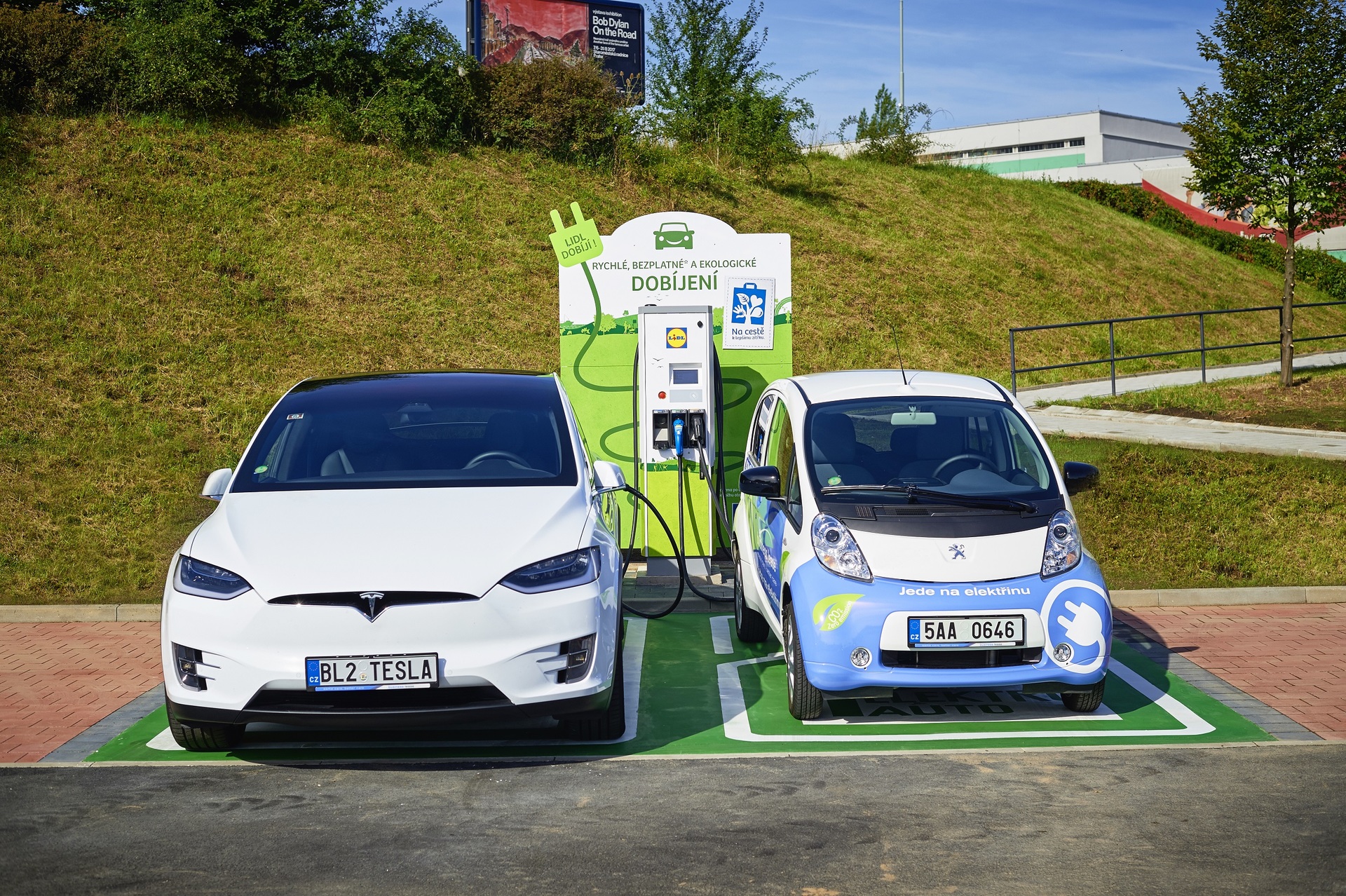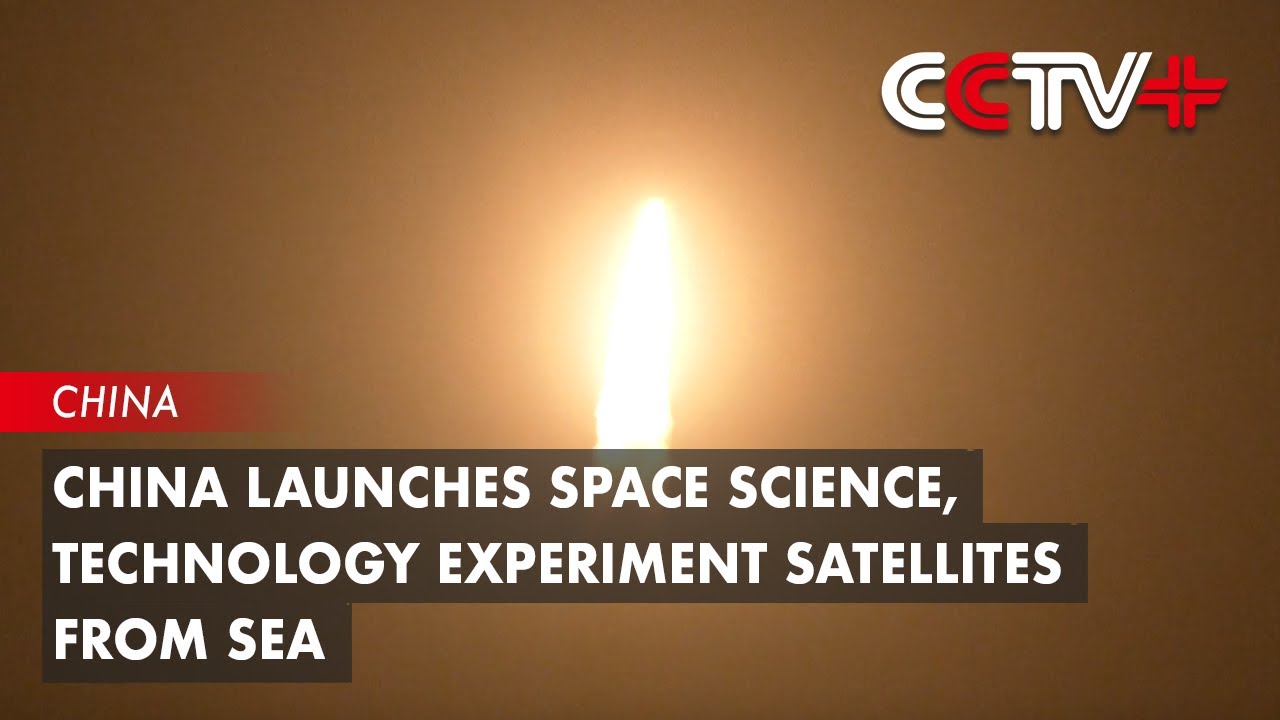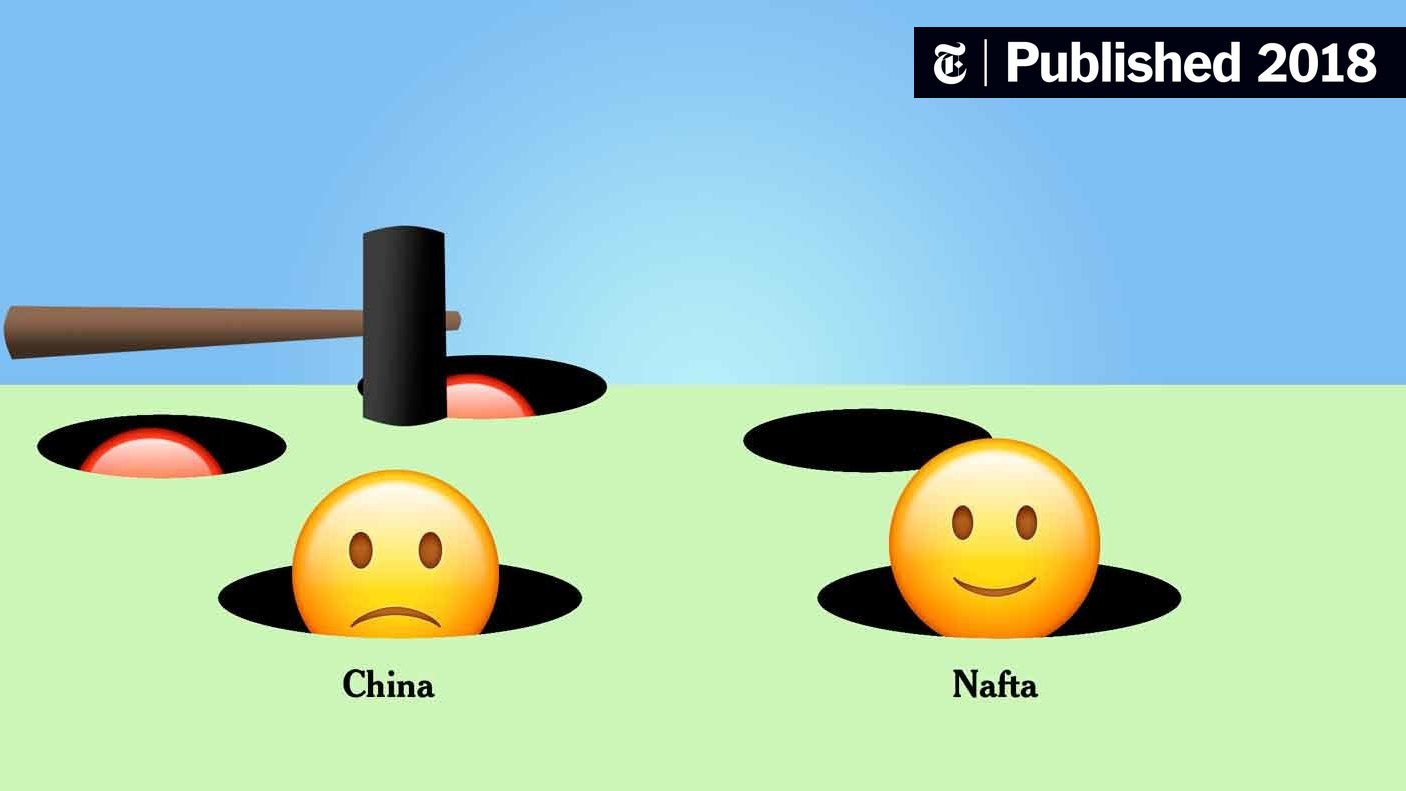Clean Energy Boom Under Threat: A Comprehensive Analysis

Table of Contents
Geopolitical Instability and Supply Chain Disruptions
The clean energy transition is heavily reliant on the global supply chain for critical materials and manufacturing capabilities. Geopolitical instability and disruptions within these supply chains pose a significant risk to the clean energy boom.
Rare Earth Minerals and Material Shortages
Clean energy technologies, from solar panels and wind turbines to electric vehicle (EV) batteries, depend heavily on rare earth minerals. The uneven distribution of these minerals and the geopolitical complexities of their extraction create significant vulnerabilities.
- Lithium: Primarily sourced from Australia, Chile, and Argentina, lithium demand is soaring, leading to price volatility and concerns about resource security.
- Cobalt: A crucial component of EV batteries, cobalt production is concentrated in the Democratic Republic of Congo, raising ethical and environmental concerns alongside supply chain risks.
- Neodymium: Essential for wind turbine generators, neodymium production is dominated by China, creating a significant geopolitical dependency.
Political instability in key mineral-producing regions can severely disrupt supply chains, leading to delays in project completion and increased costs. Solutions include responsible sourcing initiatives, promoting recycling programs to recover valuable materials from end-of-life products, and investing in research and development to explore alternative materials and technologies.
Manufacturing Bottlenecks and Transportation Issues
Scaling up clean energy manufacturing to meet global demand presents significant logistical challenges. Global supply chain disruptions, exacerbated by factors such as port congestion, logistical delays, and the impact of global events (e.g., the COVID-19 pandemic, the war in Ukraine), further complicate the situation.
- Port Congestion: Delays in shipping components and finished products can significantly impact project timelines.
- Logistical Delays: Transportation bottlenecks and difficulties in securing reliable shipping routes increase costs and uncertainties.
- Pandemic Impacts: The COVID-19 pandemic highlighted the vulnerability of global supply chains, exposing the need for greater resilience and diversification.
Addressing these bottlenecks requires investments in automation and advanced manufacturing techniques, alongside strategies to regionalize manufacturing and supply chains, thereby reducing reliance on single points of failure.
Regulatory Hurdles and Policy Uncertainty
Navigating the regulatory landscape is a major challenge for clean energy projects. Lengthy permitting processes, complex regulations, and inconsistent government policies create significant uncertainty and delay project implementation.
Permitting Delays and Regulatory Complexity
The process of obtaining permits for clean energy projects can be lengthy and complex, involving multiple agencies and stakeholders. This regulatory burden adds costs and delays, hindering project development.
- Varying Regulatory Frameworks: Different countries have vastly different regulatory frameworks, making it challenging for international clean energy companies to operate efficiently.
- Streamlining Processes: Simplifying and streamlining permitting procedures is crucial for accelerating clean energy deployment.
- Environmental Impact Assessments: While essential, thorough environmental impact assessments should be conducted efficiently to avoid unnecessary delays.
Improved regulatory certainty and streamlined processes are vital to attract investment and reduce project risks.
Shifting Political Landscapes and Policy Inconsistency
The fluctuating political landscape and inconsistent government policies pose significant risks to long-term investments in clean energy.
- Policy Reversals: Changes in government priorities or policy reversals can undermine investor confidence and jeopardize ongoing projects.
- Stable Policy Frameworks: Long-term, stable policies are critical to attracting both domestic and foreign investment.
- Political Pressure: Lobbying efforts by fossil fuel interests can significantly influence policy decisions, hindering the growth of the clean energy sector.
Establishing stable, long-term policy frameworks is essential for fostering investor confidence and driving innovation in the clean energy sector.
Financing Challenges and Investment Gaps
Securing sufficient financing for clean energy projects remains a major challenge. High upfront costs, relatively long payback periods, and competition from heavily subsidized fossil fuels create significant barriers.
High Upfront Costs and Return on Investment
Clean energy projects often require substantial upfront capital investments, making them challenging to finance, particularly for smaller-scale projects.
- Government Subsidies and Incentives: Government support through subsidies, tax credits, and other incentives is essential for reducing the financial burden on developers.
- Innovative Financing Mechanisms: Exploring innovative financing mechanisms, such as green bonds and crowdfunding, can help diversify funding sources.
- Risk Mitigation: Reducing the perceived risk associated with clean energy investments is crucial for attracting private sector participation.
Competition from Fossil Fuels and Subsidies
The continued heavy subsidization of fossil fuels creates an uneven playing field, making it difficult for clean energy to compete on price.
- Fossil Fuel Subsidy Phase-out: Phasing out fossil fuel subsidies and redirecting those funds towards clean energy initiatives is vital.
- Carbon Pricing Mechanisms: Implementing effective carbon pricing mechanisms can help internalize the environmental costs of fossil fuels, leveling the playing field.
- Economic Competitiveness: Reducing the cost of clean energy technologies through innovation and economies of scale is crucial for enhancing their competitiveness.
Conclusion
The clean energy boom faces significant challenges stemming from geopolitical instability, regulatory hurdles, and financing gaps. These threats, if left unaddressed, could severely impede the global transition to a sustainable energy future. The key takeaways are the urgent need for responsible sourcing of critical minerals, streamlined regulatory processes, stable and supportive government policies, and innovative financing mechanisms to bridge the investment gap. The future of the clean energy boom rests on our collective ability to address these critical challenges. Learn more about how you can support the transition to a sustainable energy future and advocate for policies that protect this vital sector. Let's work together to ensure a bright future powered by clean energy.

Featured Posts
-
 Us Four Star Admiral Sentenced Understanding The Corruption Charges
May 20, 2025
Us Four Star Admiral Sentenced Understanding The Corruption Charges
May 20, 2025 -
 Acces Limite Aux 2 Et 3 Roues Sur Le Boulevard Fhb Des Le 15 Avril
May 20, 2025
Acces Limite Aux 2 Et 3 Roues Sur Le Boulevard Fhb Des Le 15 Avril
May 20, 2025 -
 Exploring The Potential Of Chinas Space Based Supercomputer
May 20, 2025
Exploring The Potential Of Chinas Space Based Supercomputer
May 20, 2025 -
 Find The Answers Nyt Mini Crossword March 20 2025
May 20, 2025
Find The Answers Nyt Mini Crossword March 20 2025
May 20, 2025 -
 Suki Waterhouses Met Gala 2023 A Full Circle Fashion Moment
May 20, 2025
Suki Waterhouses Met Gala 2023 A Full Circle Fashion Moment
May 20, 2025
Latest Posts
-
 The Impact Of Trump Tariffs And Statehood Comments On Wayne Gretzkys Legacy In Canada
May 20, 2025
The Impact Of Trump Tariffs And Statehood Comments On Wayne Gretzkys Legacy In Canada
May 20, 2025 -
 Paulina Gretzkys Sopranos Inspired Leopard Dress A Look At The Photos
May 20, 2025
Paulina Gretzkys Sopranos Inspired Leopard Dress A Look At The Photos
May 20, 2025 -
 Paulina Gretzkys Topless Selfie And Other Unseen Photos
May 20, 2025
Paulina Gretzkys Topless Selfie And Other Unseen Photos
May 20, 2025 -
 Trumps Trade Policies And The Wayne Gretzky Loyalty Debate Examining Canadas Reaction
May 20, 2025
Trumps Trade Policies And The Wayne Gretzky Loyalty Debate Examining Canadas Reaction
May 20, 2025 -
 Getting To Know Paulina Gretzky Dustin Johnsons Wife And Family
May 20, 2025
Getting To Know Paulina Gretzky Dustin Johnsons Wife And Family
May 20, 2025
